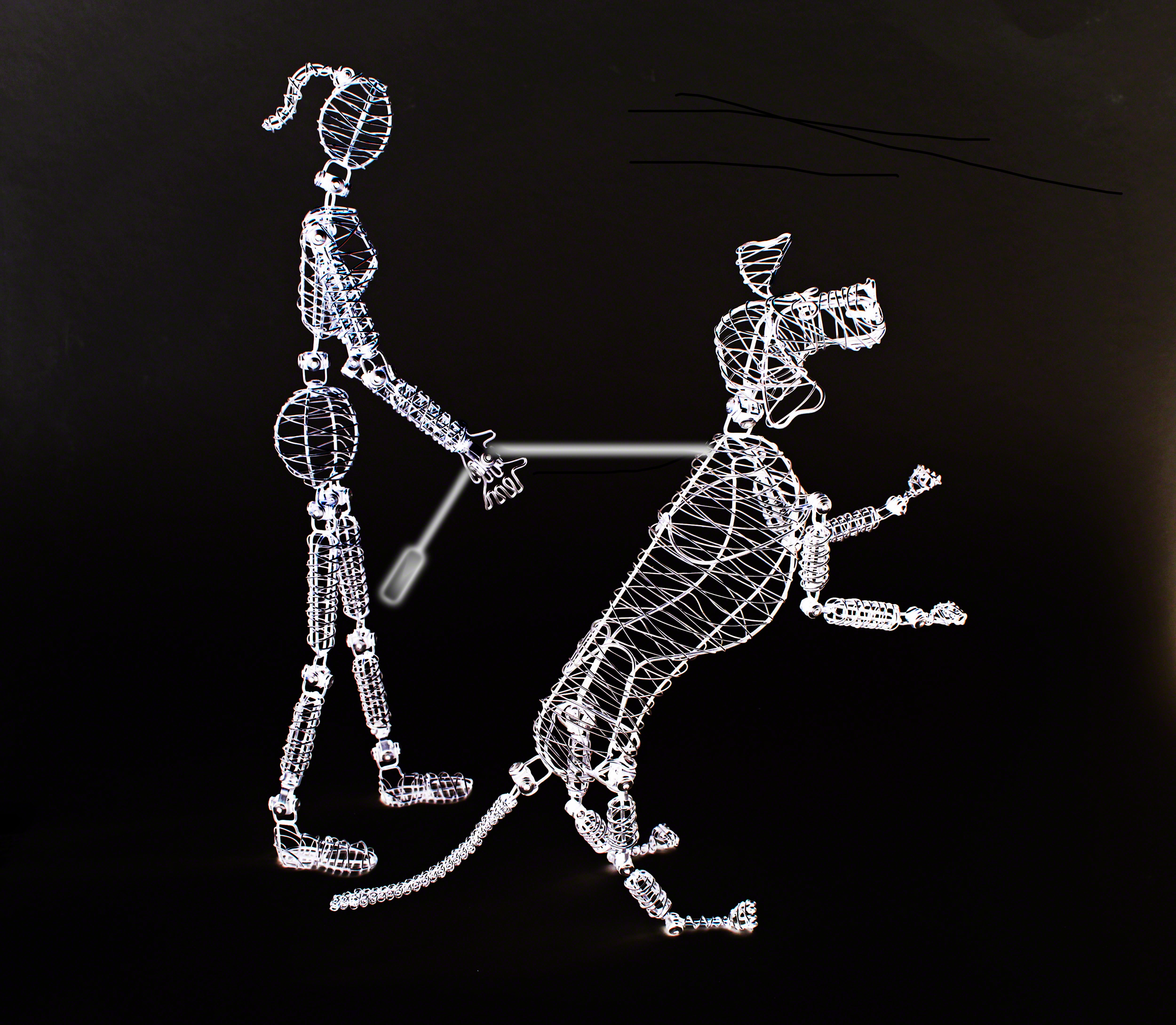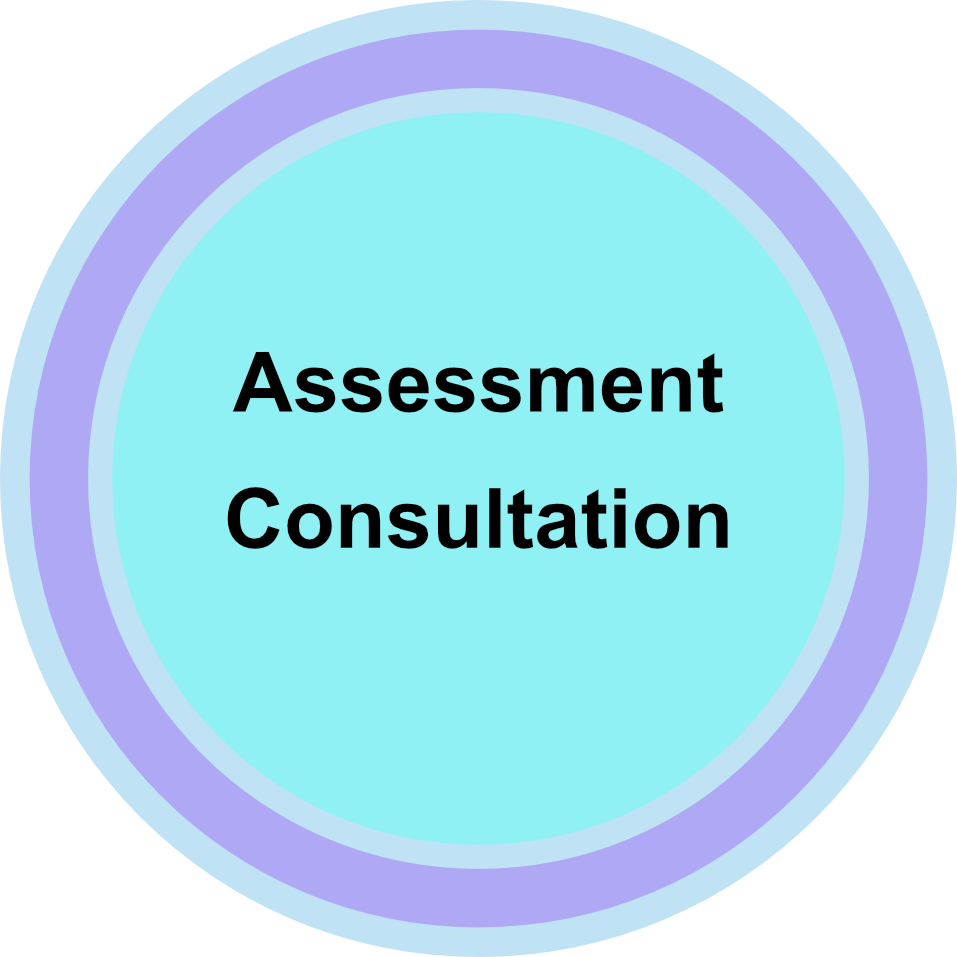together solutions for
on lead reactivity
For dogs who lunge, bark, spin, scream or bite their lead when they catch sight or sound of another dog, cyclist, motorcycle or specific type of person.
Here at Together Dog Training we specialise in On Lead Reactivity for Urban and Suburban Dogs.
Why?
When my youngest dog Pod became reactive, even though I’d had eight dogs before, I just didn’t know what to do and felt very confused and upset. I found it very difficult to find experienced, technically skilled and knowledgeable help, so you can see why I’m so dedicated to helping you and your dog.
Living in a sub/urban environment with a reactive dog is to say the least difficult. “Get distance” is the standard answer, but how on earth can you do this on crowded streets? It can be really embarrassing if your dog reacts on lead resulting in a deep dive to our self-confidence and our relationship with our dog.
If you’re reading this, good on you and I tip my hat to you. It means you’ve taken the very first step to recovery by looking for help to make change. Here’s how.
Christian 2018
At Together, we work with the whole dog. Less stress = more success. We know that decreasing stress and anxiety overall, improving impulse control through positive reinforcement training and increasing enrichment opportunities as well as working on the reactive behaviour itself offers significant building of your dog’s positive emotional and behavioural well-being.
We support you in recovery too. We teach you the lead handling skills, the emergency strategies to keep your dog under their triggering threshold, the knowledge to understand your dog’s behaviour and then we guide you through the process of changing your dog’s reaction to their trigger. We only go at you and your dog’s pace, because the confidence of your partnership is our priority. Working through your dog’s reactivity and going it alone is a real tough call. The training and behaviour modification requires technical understanding of the process, background knowledge of body language, trigger stacking and confident skills with lead handling and timing whilst being situationally aware. This is why we only offer a complete package, so we’re there through the whole process. From the very start to the point at which you gain your wings and are confident to let go of your safety net, we support you every step of the way.
Frequently Asked Questions
"My dog is frightened of other dogs, why is he lunging and barking at them?"
Being on lead, restricts your dog’s ability to use their usually initially preferred option of using a flight response. Over time, your dog learns that a good offence is the best defence. Their aggressive display is motivated by wanting the other dog to “go away”. It is quite difficult to see lower level stress displays in our dogs, especially if we don’t know what to look out for, so we may not always spot the first signs of fear. Sometimes, it’s not until our dog is beyond their comfort distance (threshold) and they are shouting at the other dog, that we recognise that we need to back off.
"My dog loves playing with other dogs off lead at the park, why does he turn into a lunging, barking whirling dervish when he sees another dog when he’s on lead?"
Some dogs are very social, they just love interacting with other dogs. They are highly motivated to approach and investigate the other dog. Initially, being on lead frustrates them because they are restricted. Their motivation is thwarted, and this overload of frustration spills into increased excitement and agitation. This can be very alarming to owners, who may tense up or tighten the lead which starts an association between the sight of a dog and the feeling of being frustrated. This becomes a vicious cycle that culminates in a “barrier frustration” driven aggressive display.
"Why does my dog lunge and bark when a car goes passed?"
In a similar situation to the two questions above, your dog may be frightened of the sound or fast moving, startling appearance of the car. They equally well, could be barrier frustrated. Remembering how many dogs naturally have a high prey drive, and all the hardware to chase moving critters, the appearance of substitute fast moving object triggers that very aspect of dogs’ nature into full gear. Of course, they aren’t able to chase “the critter” resulting in that on lead, frustrated aggressive display. So, dogs can be fearful of cars (or bikes, or joggers etc.) or they can very much be liking that thing and wanting to chase it.
What does the programme involve?
Step by Step - On Lead Reactivity Programme for Sub/Urban Dogs
Seven Sessions for Seven Steps to Recovery
All dogs and owners will progress at different rates depending on history, intensity of reaction, keeping your dog under their current threshold and speed of learning. The seven sessions work because we can space them either one or two weeks apart, so you’ll have time to practice in a safe way and build your skills and knowledge.
Step One - Session One – One and Half Hours
At Session One, we carefully analyse the cause of your dog’s reactivity. There are generally two causes, either fear or barrier frustration which both result in an aggressive display that looks the same.
We don’t spend hours hunting for the initial cause of your dog’s reactivity, because this will usually be speculative and doesn’t alter how we move forward. So, we put the past behind and get going with what is actually going to help you and your dog. If your dog is fearful we change your dog’s emotional response to seeing other dogs. Instead of “scary thing” the sight of a dog will become “predictor of goodies”. To do this we use Classical Desensitisation and Counter-conditioning. If your dog is barrier frustrated, we train an incompatible or alternative behaviour such as “Watch Me” or “Leave-it” using Positive Reinforcement Training. With both protocols, we start where your dog is completely comfortable and build your dog’s confidence (and yours) step-by-step.
During the first session we cover
Emergency “get out of here fast”, so if you get caught out too close to your dog’s triggers, you have rehearsed your emergency strategy.
We talk through what threshold is and how to keep your dog under this to decrease stressful events.
What trigger stacking is and how to avoid or minimise it.
How to give your dog a stress holiday to bring down their levels of fight/flight hormones
Enrichment activities and planning for safe walks while training is on-going.
After your first Session, we write up your notes and create a step by step training plan especially for you and your dog. The Training Plan will guide us through the next sessions.
From Session Two, we start training using the protocol most suitable for your dog. You’ll have the mechanics and timing demonstrated as well as practising your emergency strategy. Gradually and at you and your dog’s pace, you’ll take over handling completely to build your confidence. At first, we’ll work in safe places where we’re unlikely to encounter your dog’s trigger then more difficult environments as your dog’s confidence progresses.
Assessment Consultation
We work through a range of assessment procedures to get to a detailed analysis of your dog’s difficulties – the what, the why and the how to change it. We carefully consider how your dog’s behaviour is impacting you and what interventions we can make in the short and longer term to resolve the problem or range of difficulties, so that you are able to enjoy life with your dog. The Assessment Consultation is a key part of resolving your dog’s difficulties. This is followed by a written Report which summarises our conversations and outlines recommendations for training or behaviour modification.
Training and Behaviour Change Sessions
Following your Assessment, you will have a very good picture of the work that can help your dog. You will have a clear outline of the sequence of your training or behaviour change programme that is needed to resolve any difficulties. Each programme is highly tailored to you and your dog’s needs. Any training techniques are modelled for you and we always make sure you know what to do and how to do it. You will be fully supported between sessions by phone, text or video conferencing. For very difficult cases, we can work with feedback every 24 Hours, some clients like this level of support especially when beginning their programme. Behaviour change programmes are organised in a step by step style, so we only ever move at a pace that is comfortable for you and your dog.
After Care
Our long term aim is for you and your dog to continue living happily together. Following our Assessment and Sessions you will have a great understanding of dog behaviour and feel you have the tools and knowledge to form that fabulous partnership with your dog. Because we know that behaviour is always influenced by environment, our dogs can change as they grow up or age or we can undergo changes to our lifestyle too, we check in with you at regular intervals. Once a together dog, always a together dog.




